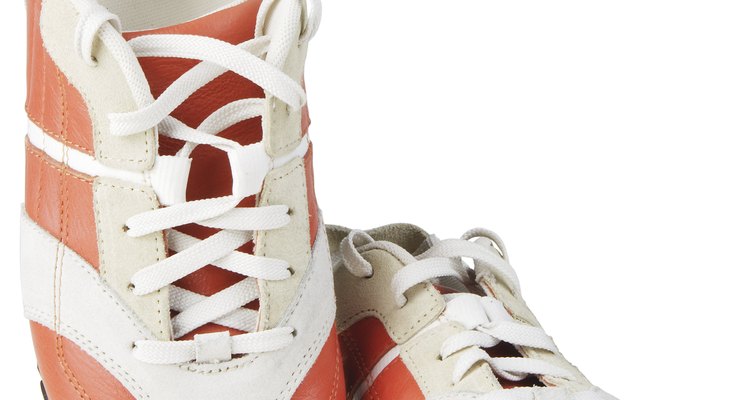
Photos.com/PhotoObjects.net/Getty Images
Sneakers can be a big investment; they are often pricey and at time offered only in limited editions. Designs often involve special finishes and materials that, in addition to showing normal dirt and grime, may also begin to yellow. It does help to store your kicks in Saran Wrap, isolating the shoes from the environment and preventing exposure to oxygen.
Prep and Process
Storing your sneakers for extended periods involves a little preparation. New shoes should be removed from the paper wrapping, as the acid in the paper can contribute to yellowing. Wrap each sneaker individually in the Saran Wrap, ensuring all sides are covered and insulated from the outside air. Place the shoes back in the box. You can place silica packs in the box to help maintain a moisture-free environment.
Environment
No matter where you keep your stored sneakers, make sure it's cool and dry. Moisture and oxygen are prime contributors to discoloration and yellowing. Do not store them in a non-temperature-controlled garage or storage area, even if you need the extra space. Darker environments work best, such as in a closet or basement -- as long as that space has year-round heating and cooling like the rest of the house.
Oxygen and Ice
Many new sneakers feature "icy" soles, made from a polymer that, while durable, is also prone to yellowing. The primary cause for this discoloration is excessive heat and exposure to oxygen, which both contribute in premature aging. Tightly wrapping the shoes in plastic wrap and securing them with a little plastic packing tape to seal up the shoes works well to seal out oxygen. Various anti-oxidant cleaners are also available to maintain sole clarity. Rubbing these compounds into the shoe's soles attacks and cleans away oxidation that causes the yellowed appearance. Just keep the cleaner away from the actual shoe and any glued seams; these cleaners can weaken and dissolve the shoe and glues in highly concentrated applications.
Alternate Protection Methods
Using a zip-lock-style freezer bag keeps them suitably isolated from the air while keeping airborne dust and finger oils off the shoes. If you are placing the shoes on display for some reason, you can use shrink to form-fit the protection around the sneaker for a cleaner look. Just be careful when shrinking the material around the shoe, since the process involves use of a heat gun or hair dryer. Set the the appliance on low heat, keep it moving constantly and don't rush the job. You can also use vacuum-seal plastic containers to completely remove all air from the environment around the shoe and prevent discoloration.
Related Articles
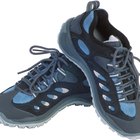
How to Air Out Shoes
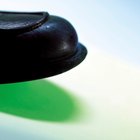
How to Polish Bass Weejuns

How to Keep Sperrys From Creasing
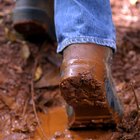
How to Clean Discolored Shoes
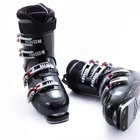
How to Store Ski Boots

How to Remove an Odor From Shoes With ...

How to Shrink Stretched Leather Shoes
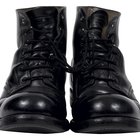
How to Get Rid of a Stinky Shoe Smell ...
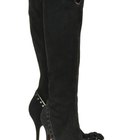
Can You Put Scotch Guard on Suede Boots?

How to Care for Patent Leather Shoes
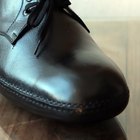
The Best Way to Stretch Patent Leather ...
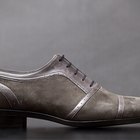
How to Soften Leather Shoes

How to Keep Leather Soles From Wearing ...
How to Make Homemade Baked Goods Stay ...
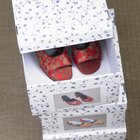
How to Store Winter Boots and Shoes

Are Cedar Balls Good to Put in Shoes?

How to Rehydrate Cracked Dress Shoes

How to Get Sneakers to Stop Smelling

It Hurts Inside of My Shoes: How Can I ...

How to Stretch the Instep of a Shoe
References
Writer Bio
David Lipscomb is a professional writer and public relations practitioner. Lipscomb brings more than a decade of experience in the consumer electronics and advertising industries. Lipscomb holds a degree in public relations from Webster University.
Photo Credits
Photos.com/PhotoObjects.net/Getty Images